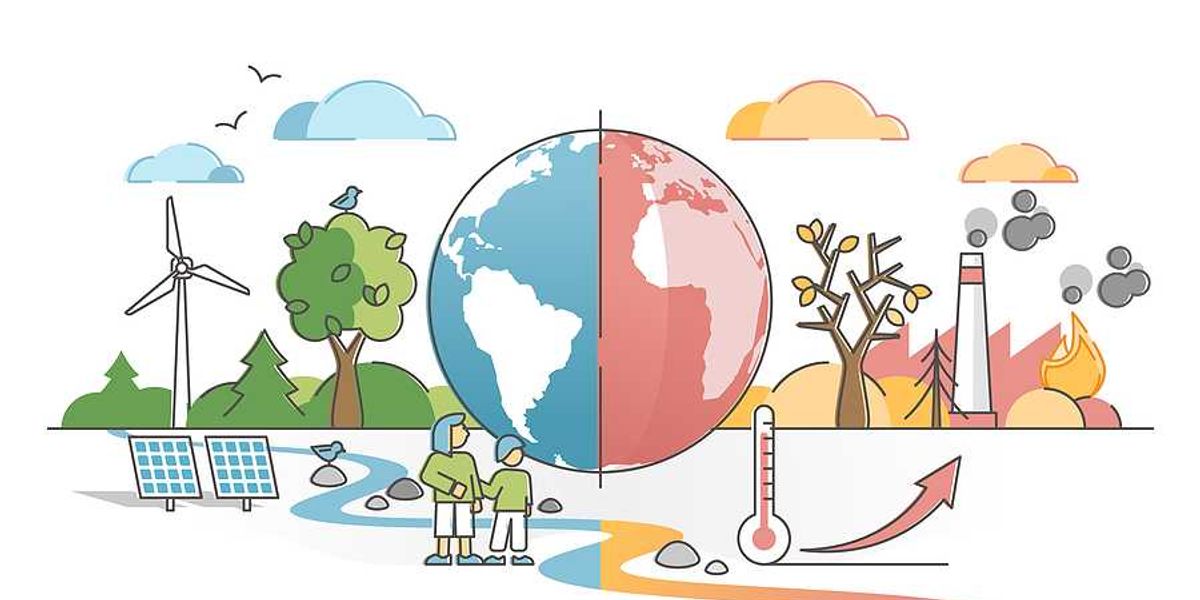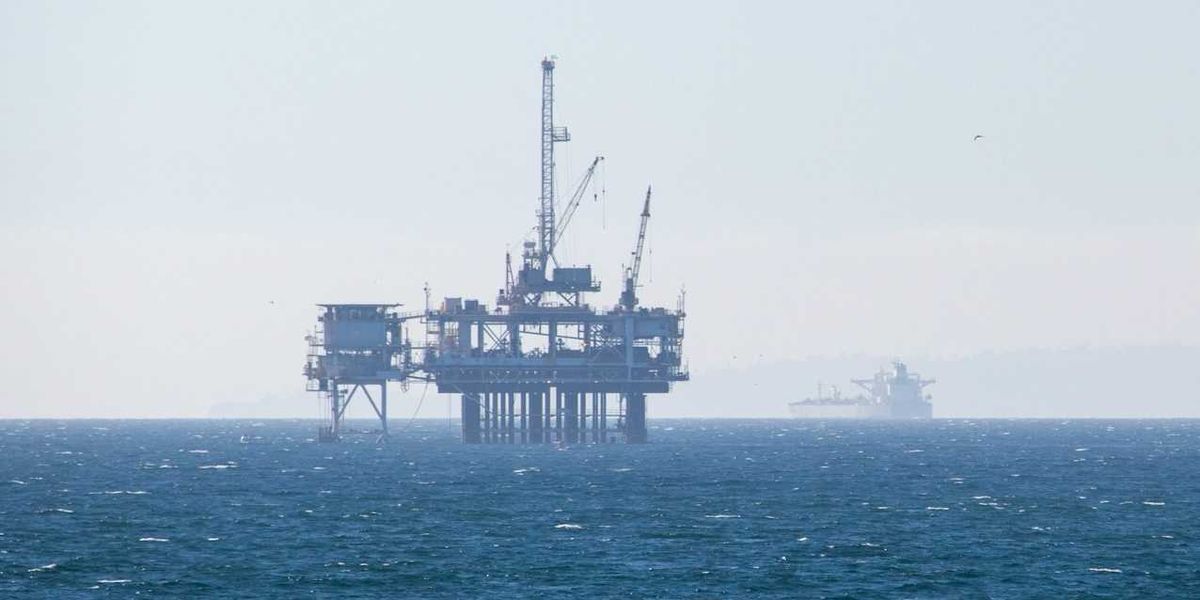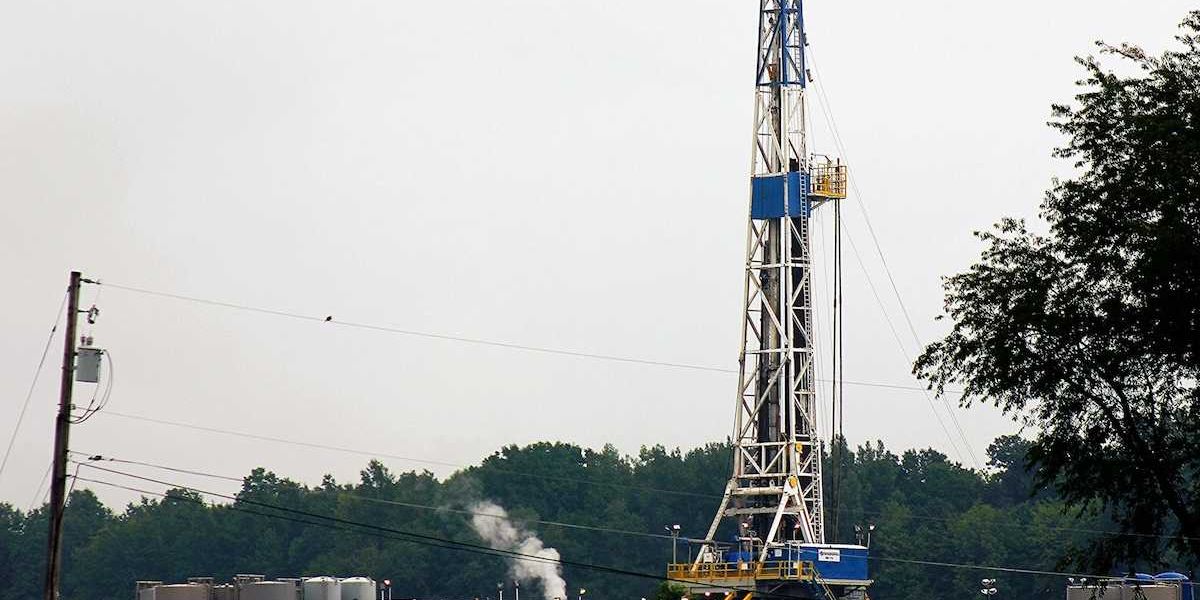
Water demand in South Dakota’s Black Hills is outpacing supply, study warns
A new federal study finds that some aquifers in South Dakota’s Black Hills region are being depleted faster than they can recharge, raising concerns over the area’s ability to sustain its growing population.
Bart Pfankuch reports for South Dakota News Watch.
In short:
- The U.S. Geological Survey found water use in parts of the Madison and Minnelusa aquifers exceeds recharge rates, particularly in the most populated areas between Box Elder and Sturgis.
- The findings bolster plans for a $2 billion, 161-mile pipeline from the Missouri River to western South Dakota, with 47 municipalities signed on as potential partners.
- The Western Dakota Regional Water System is pursuing feasibility studies and funding, with construction potentially taking decades.
Key quote:
“We're going to have a much higher population and higher draw on those resources, so we have some concerns because we're already exceeding the recharge rate in those areas.”
— James Jones, senior project manager at engineering firm AE2S
Why this matters:
Aquifer depletion is a warning sign for water security across the West. As populations grow and droughts become more frequent, underground reserves that took centuries to fill can be drained in a fraction of that time. When recharge lags behind use, communities face hard choices about growth, agriculture, and industry. In regions like the Black Hills, where groundwater is a primary source of drinking water, shortages can impact public health, ecosystems, and economies. Once these reserves are tapped beyond recovery, the damage can be effectively permanent.
Related: Groundwater overuse is drying the planet and raising the seas













